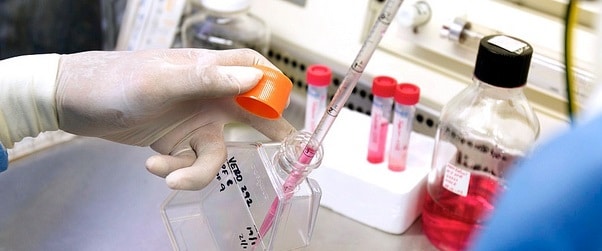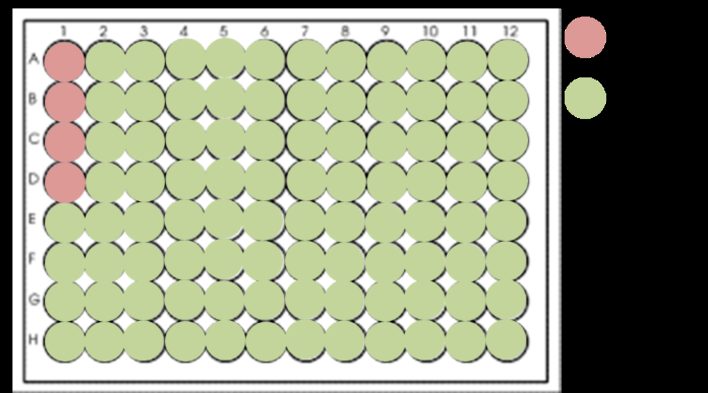The first thing you learn about culturing cells is proper aseptic technique and avoiding contamination. After that you’ll learn all the ins and outs of culturing your project’s specific cell line(s). What may not have been covered, is co-culturing, and I don’t just mean ethnic diversity in the lab!
Co-culturing is the indirect or direct growth of two or more distinct cell types in a 2D or 3D environment (more details below).
Why would you want to do this? Believe it or believe it not there are a number of reasons!
- Nobody like to be alone forever: Some cells actually grow better when put with other cells. Rat primary hepatocytes have enhanced functionality and increased viability when co-culturing with NIH/3T3 fibroblasts.
- There’s no place like home: Co-culturing can create more physiologically relevant environments. These can be used to demonstrate in vivo-like tissue morphology and function and is ideally suited to studying the interactions between different cell types such as in cell signaling as well as drug interactions. This enables us to better understand how distinct cell types are vital to one another’s form and function, as seen with mast cells and epithelial cells and triple co-culturing of human alveolar epithelial cells.
- Now you’re talking: Models for disease can be created from cancer, to autoimmune diseases, to pathogenesis among many other applications wonderfully outlined and illustrated here. The significance of this is seen particularly when working with animals, where the specific nuances of cells can be very difficult and expensive to study.
- The sky’s the limit: This form of culturing enhances other techniques such as 3D cell culturing using scaffolds and magnetic levitation. The title of this point is so apt because you could theoretically grow anything from spinal tissue to organs! As you can imagine co-culturing is a hot topic in murine and human stem cell research. For more info on co-culutirng murine stem cells, see our BitesizeBio article!
Indirect and Direct Co-Culturing
There are two types of co-culturing: direct and indirect. As the names suggest, direct co-culturing involves the two or more types of cells mixed together, i.e. in direct contact. Whereas indirect co-culturing uses a physical barrier to separate the cell types while still allowing them to grow and interact in a shared environment. This physical segregation can be accomplished using a Transwell™ well insert or a Boyden chamber.
Enjoying this article? Get hard-won lab wisdom like this delivered to your inbox 3x a week.

Join over 65,000 fellow researchers saving time, reducing stress, and seeing their experiments succeed. Unsubscribe anytime.
Next issue goes out tomorrow; don’t miss it.
Direct and indirect co-culturing allows cells to interact via secreted signaling factors, but only direct co-culturing allows for cell-cell and cell-ECM (extracellular matrix) adhesion.
2D and 3D Co-Culturing
2D co-culturing is the simplest combination. It is typically used to create mixed-population monolayers and feeder layers on slides and in flasks and dishes. This form of culturing is ideal for simpler models of cell interactions and behavior. In order to create and study models closer to native tissues, 3D direct co-culturing is required. This is more suitable for complex studies that seek to understand the elaborate interdependence and interactions of cells. Such studies may make use of synthetic or natural materials to create skeleton scaffolding onto which cells can adhere. This can be used to create models of the organs and tissues to impressive effect. A rather curious 3D platform has been created by 3D Biomatrix that allows you to co-culture cells in hanging drops to study cells in suspension. Another step beyond this is called the magnetic cell levitation method that has a futuristic feel to it, where magnetic fields are used to levitate the cells (I’m not making this up!).
Have you tried co-culturing? What do you use it for?
You made it to the end—nice work! If you’re the kind of scientist who likes figuring things out without wasting half a day on trial and error, you’ll love our newsletter. Get 3 quick reads a week, packed with hard-won lab wisdom. Join FREE here.








